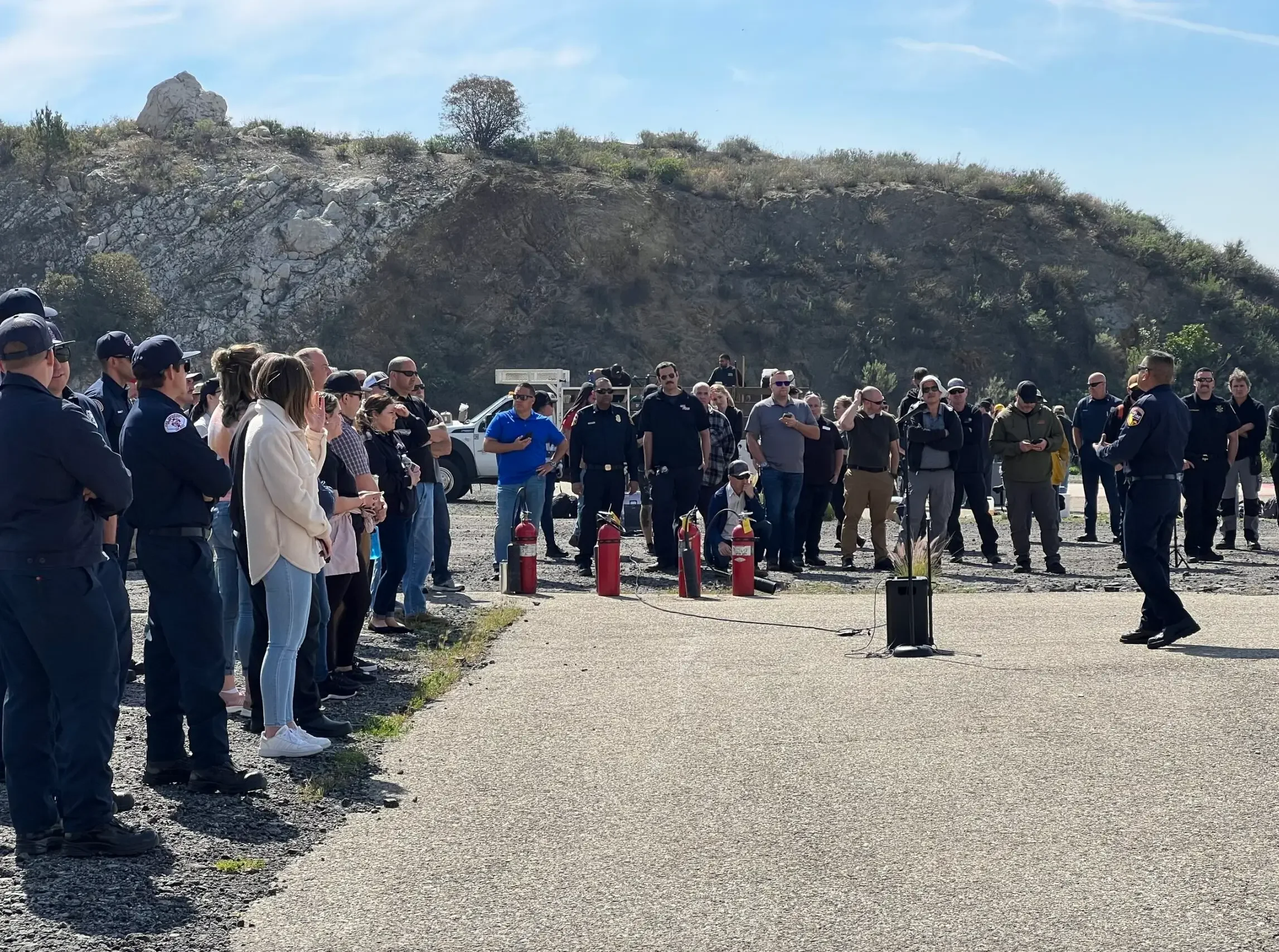Understanding California Senate Bill 132: What Productions Need to Know
As Hollywood prepares for a new era of accountability, California’s Safety on Productions Pilot Program, established under Senate Bill 132 (SB132), is about to reshape how film and television sets operate.
Effective July 1, 2025, this legislation ties on-set safety compliance directly to the California Film and Television Tax Credit Program, requiring productions to demonstrate new safety standards before receiving credits.
In short: SB132 doesn’t just promote safer productions; it requires them. Below, we break down what producers, line managers, and department heads need to know to stay compliant and protect their teams.
What Is the Safety on Productions Pilot Program?
SB132 launches a five-year pilot program (July 1, 2025 – June 30, 2030) requiring any employer receiving a California motion picture tax credit to comply with new safety oversight standards.
Towards the end of this period, an independent auditor will evaluate the program’s effectiveness and make recommendations about whether it becomes permanent and whether it extends to all motion pictures statewide.
At its core, SB132 aims to systemize on-set safety, introducing qualified Safety Advisors, mandatory risk assessments, and enhanced reporting requirements.
The Role of the Safety Advisor
One of the bill’s cornerstone elements is the requirement that each qualifying production assign a dedicated Safety Advisor. This individual must be exclusive to the project and operate independently of performers, crew, and production departments. Their sole responsibility: protecting the health and safety of everyone on set.
Minimum Qualifications
A Safety Advisor under SB132 must meet three main criteria:
OSHA 30-Hour General Industry Training
Experience:
2+ years performing safety-related work in entertainment; or
500 verified production days in another crew role with hazard expertise; or
5+ years of safety work in another industry where safety was a primary function.
Completion of Joint Labor-Management Training through Contract Services (CSATF)
Failure to meet these standards could jeopardize your production’s compliance, and your eligibility for the tax incentive.
Risk Assessments: The Backbone of SB132
Every production must perform a written risk assessment that evaluates both the script and the production plan. SB132 distinguishes between General Risk Assessments and Specific Risk Assessments for high-risk activities such as firearms, pyrotechnics, stunts, vehicle shots, aircraft, trains, watercraft, underwater work, and extended workweeks.
The Safety Advisor also has discretion to require additional assessments when warranted. All risk assessments must be accessible electronically to performers, crew, and union representatives, ensuring transparency and collaboration in risk mitigation.
Firearm Safety: From Guidelines to Law
SB132 transforms existing CSATF Safety Bulletin #1 firearm guidelines into state law. Key mandates include hiring a qualified, licensed property master or armorer, conducting daily safety meetings, redefining 'ammunition,' and requiring industry-approved firearm safety training such as the CSATF Firearm Safety Course.
For productions needing assistance accessing approved training, Vigilant EHS Solutions can help coordinate or offer a solution.
The Final Report: Closing the Loop
Within 60 days of completing principal photography, the Safety Advisor must submit a Final Safety Evaluation Report to the Industry-Wide Labor-Management Safety Committee and the California Film Commission.
This standardized report summarizes the production’s safety performance and verifies compliance. Productions that fail to submit their report on time risk disqualification from the tax credit.
After the pilot period, the state will analyze these reports to determine next steps, which may mean the Safety on Productions Program becomes a permanent requirement across the industry in California.
Why SB132 Matters
SB132 reflects a cultural shift in filmmaking. By codifying long-standing best practices into law, California aims to reduce workplace injuries and create safer working conditions across all departments.
Key Takeaways: What SB132 Means for Film Productions
SB132 launches July 1, 2025, requiring productions claiming California’s film tax credit to follow new on-set safety rules.
Each qualifying production must hire a dedicated Safety Advisor who meets OSHA and CSATF training standards.
Productions must complete General and Specific Risk Assessments, covering high-risk activities like stunts, pyrotechnics, and firearm use.
Firearm safety protocols are now enforceable by law, aligning with CSATF Safety Bulletin #1.
A Final Safety Evaluation Report is due within 60 days after principal photography—failure to file can disqualify a production from the tax incentive.
The five-year Safety on Productions Pilot Program (2025–2030) will be independently reviewed to determine if it becomes a permanent statewide requirement.
Partner with Vigilant EHS Solutions
At Vigilant EHS Solutions, we help productions navigate California’s evolving safety landscape, from risk assessments and firearm safety compliance to on-set safety advisor services that align with the full intent of SB132.
If your production plans to apply for California’s 2025 film tax credits, now is the time to prepare.
Let’s ensure your set is safe, compliant, and ready before cameras roll.
Contact us today to schedule a consultation or request an SB132 compliance checklist.


